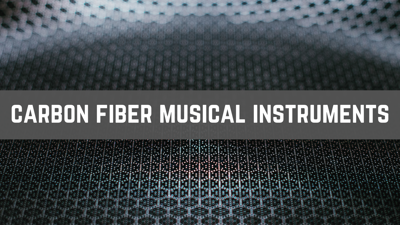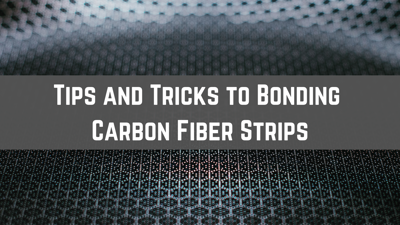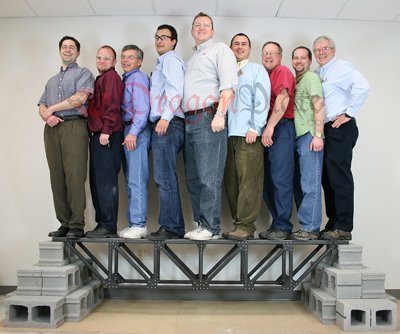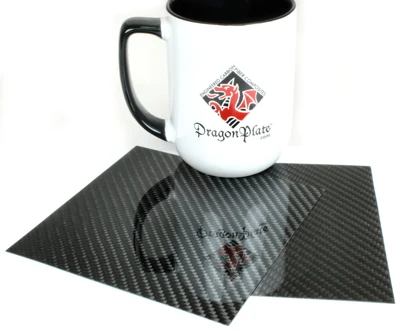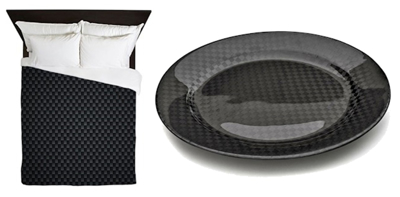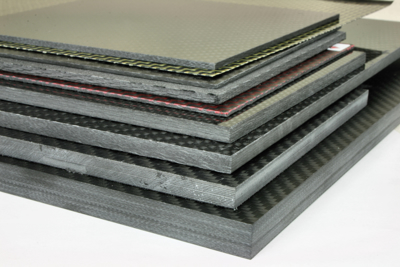The choice of materials for building a musical instrument has a tremendous impact on the tone and character of the instrument and the musical experience of the musician. Even the most talented musician cannot make an injection molded plastic guitar sound rich and beautiful. Stringed instrument manuf...
Blog
When designing a new product or application, engineers have multiple options for materials. Properly analyzing all material properties, while putting them into the context of the end product or application, is an extremely difficult task. Two thermal properties that could play an important role in m...
The rigid surface of carbon fiber strips facilitates bonding to various surfaces. Carbon fiber strips bond easily to reinforce carbon fiber plates, plywood, balsa wood, or aluminum. Here is an overview of best practices to use when selecting adhesives for bonding carbon fiber strips to other materi...
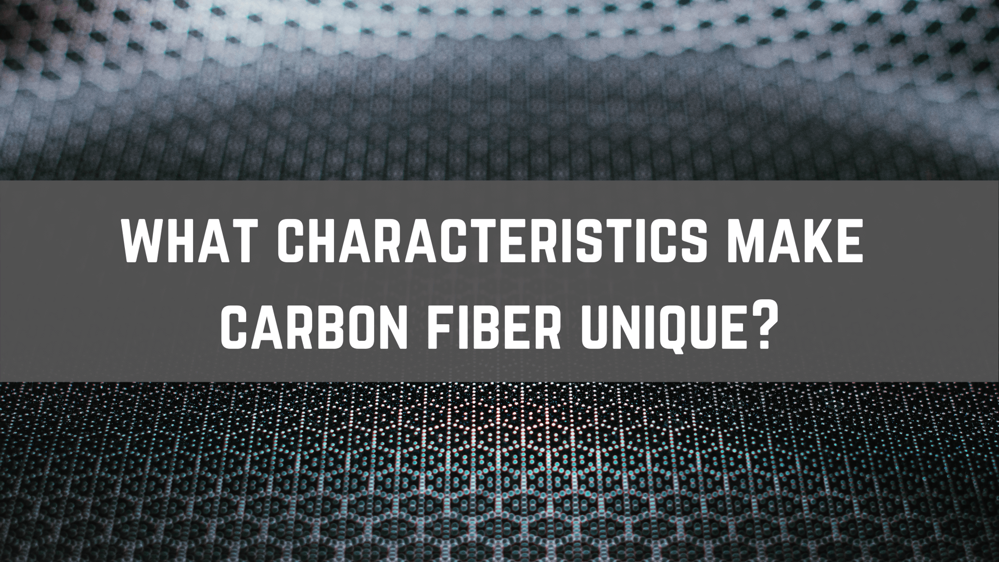 Carbon fiber is a unique material, with applicability to many products - what makes it so special? What characteristics make it optimal for a wide range of commercial applications and consumer use?
Carbon fiber is a unique material, with applicability to many products - what makes it so special? What characteristics make it optimal for a wide range of commercial applications and consumer use?
What is Carbon Fiber?
Carbon fiber is made of long, thin strands of carbon atoms bound together in a...
- 2025
- 2023
- 2022
- 2021
- 2020
- 2019
- 2018
